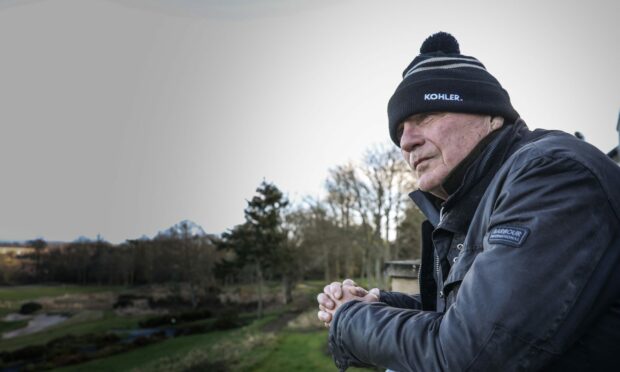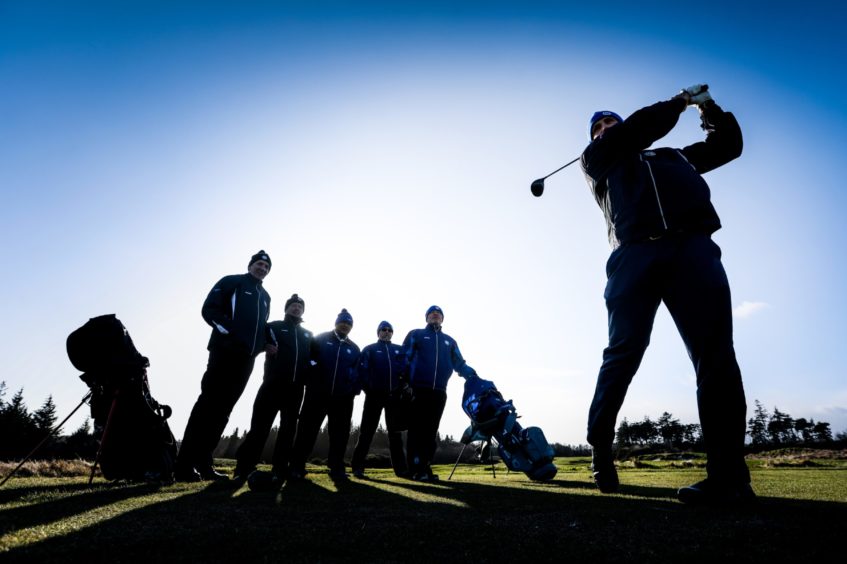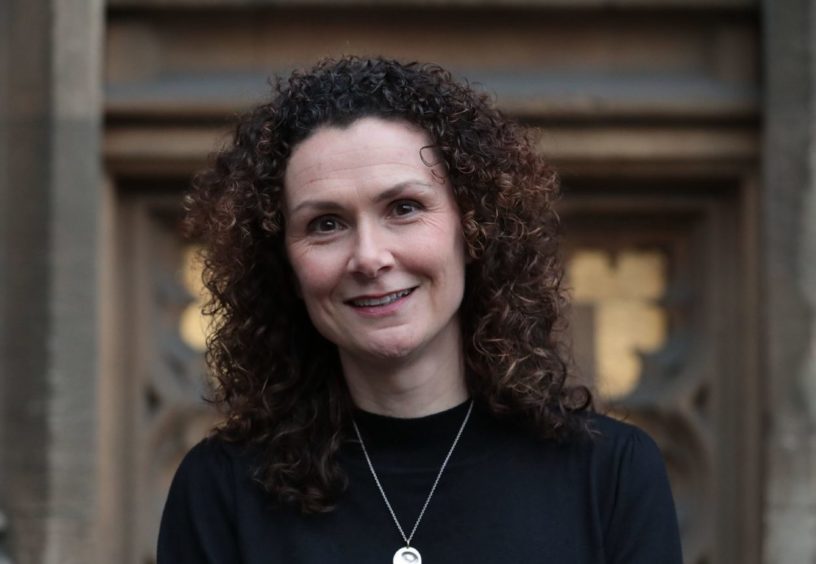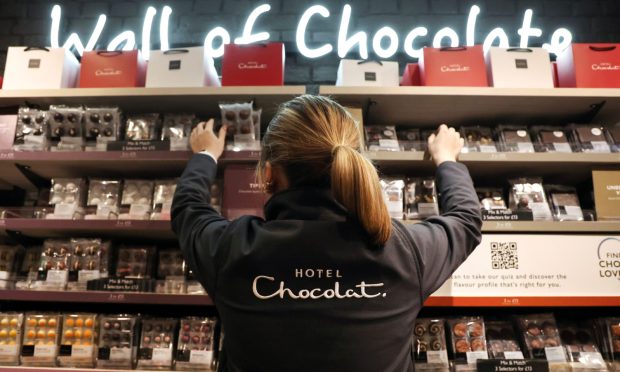The founder of the world’s first Caddie School for Soldiers remains fearful that the UK’s tough new points-based immigration system for foreign workers could prevent traumatised former soldiers from being allowed to work as caddies in the UK once they pass through his course.
American author and screenplay writer Don Snyder, who launched the Caddie School at the Duke’s Course, near St Andrews, in February 2019, is writing to UK Government Under Secretary of State for Defence People and Veterans Leo Docherty to grant an exemption to traumatised soldiers from the US and Canada so that they might be allowed to work as caddies in Scotland as part of their healing.
In March, Mr Snyder is bringing six new soldiers from the UK, Canada and the US, and two soldier mentors, to Elie in Fife for their next session.
The Kohler family is again allowing them to do the majority of their training at The Duke’s Course.
On Sundays, one of the caddie school’s former students, Scott Hale – now a caddie at the Old Course – will be leading the soldiers across that ground to introduce them to the place and its history.
However, Mr Snyder is concerned that the criteria behind the UK government’s skilled worker visa programme, and criteria for other routes, may prove an obstacle if any caddies, once qualified, want to come and work in Scotland for a year.
Immigration law impact
In December, Mr Snyder highlighted the impact of the “Brexit-inspired labour law” which prohibits all non-UK citizens from working in the UK.
He said that when the law was passed at Westminster, it was “most likely that no one was thinking about the fate of caddies in St Andrews who have come from all over the world for many years”.
Now, having previously petitioned Johnny Mercer MP, Defence Secretary Ben Wallace and North East Fife MP Wendy Chamberlain, Mr Snyder is hoping Mr Docherty will “be the hero” – although he acknowledges that the odds are likely “long against” him.
Mr Snyder said: “I am told that if the Under-Secretary of State for Defence, Leo Docherty, asks the department of immigration for an exemption for our soldiers, the exemption would most likely be granted and we would be in business.
“But I am also told that the Right Honourable Minister will never ask immigration for such an exemption, even though he was a soldier (Scots Guard) who served in Afghanistan.
“Why? Because he simply won’t want to be seen as meddling in the affairs of another department.”
Mr Snyder said he hoped the system might be reviewed but even if this happened it would likely be too late to help the two Canadian soldiers who want to work at Dumbarnie this season.
Support of local MP
North East Fife MP, Wendy Chamberlain, who wrote to the UK government on Mr Snyder’s behalf before Christmas, warned then that the problem of a strict immigration system is such that it could “rob us of thousands of talented people that don’t necessarily fit into a neat box”.
She said on Tuesday: “I am supportive of the aims of the Caddie School for Soldiers work and know from my own background how important it is to support soldiers once they have left military service.
“I have engaged with the UK immigration minister on Mr Synder’s behalf to try to resolve the situation.
“Since the government ended free movement, we have seen problems in North east Fife and across the country with seasonal and low-skilled workers being unable to come to the UK.
“This needs to change and I will continue to press the government to create an immigration system which recognises how much these workers have to offer.”
How does points-based system work?
The Home Office says that under the points-based immigration system, with the exception of Irish citizens, anyone coming to the UK for work must meet a specific set of requirements for which they will score points. Visas are then awarded to those who gain enough points.
It says this system provides “flexible arrangements” for UK employers to recruit skilled workers from around the world through a number of different immigration routes.
Under the Skilled Worker route, anyone employers want to hire from outside the UK will need to demonstrate that they have a job offer from a Home Office licensed sponsor (the employer); that the job offer is at the required skill level – RQF 3 or above (A Level and equivalent) and that they speak English to the required standard.
Applicants can also work in the UK on a Global Talent visa if they’ve won an eligible award.
Other routes of access include the graduate route, intra-company transfer, start-up, creative and sporting routes.














